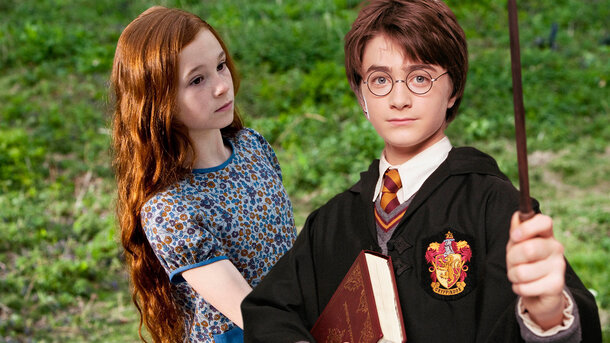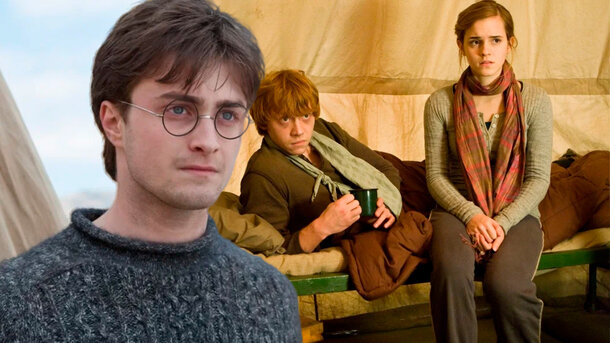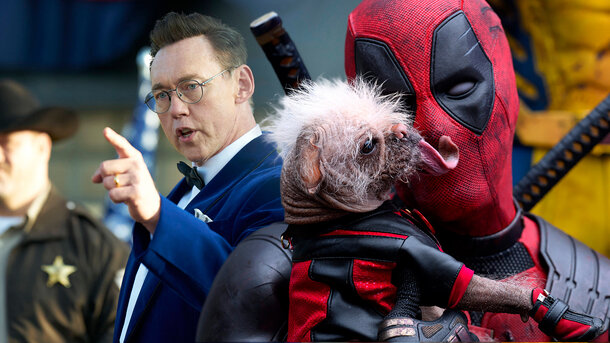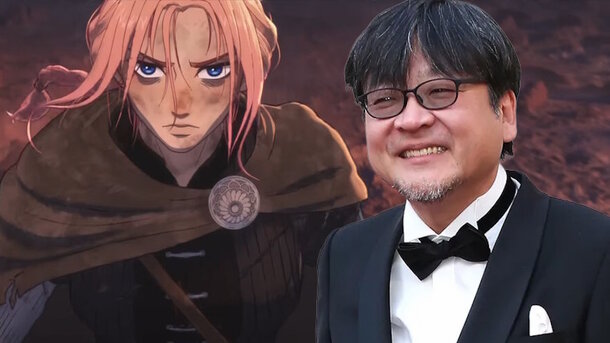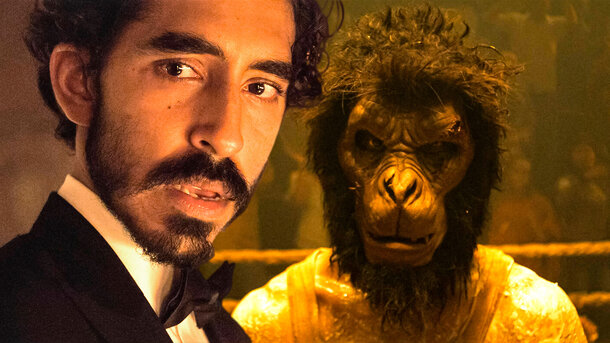There’s more magic in the Harry Potter universe than meets the eye — and not all of it comes from wands. Much of the wizarding world’s richness lies in its language: from spell incantations to school names and character titles, J.K. Rowling weaves a linguistic tapestry that rewards readers who dig a little deeper.
Take Lord Voldemort, for example. His name, borrowed from French, translates loosely as 'flight of death' (vol de mort), a chilling nod to his obsession with escaping mortality. The omission of Riddle from his chosen name also reinforces his rejection of humanity — and his Muggle heritage.
Then there’s Beauxbatons Academy of Magic, the elegant French school introduced in Goblet of Fire. The name Beauxbâtons literally means 'beautiful wands' — fitting for a school known for its refined aesthetic and formal magical training.

The spellwork in the series is just as linguistically rich. Many incantations are rooted in Latin or close approximations:
- Lumos (light) comes from lumen
- Expelliarmus combines expellere (to drive out) and arma (weapon)
- Crucio, the torture curse, comes from cruciare — 'to torment' or 'to crucify'
Even lesser-known spells often draw from real historical or classical roots. This gives the magic a strange credibility, as if it were a lost Roman tradition waiting to be rediscovered.
Rowling's background in languages clearly plays a part here, but it’s more than just clever word choice. The etymology adds emotional depth: the names we learn — and how they’re constructed — reflect character, origin, and intent. The cold command of Avada Kedavra ('let the thing be destroyed') hits harder when you realise it’s not nonsense, but an echo of ancient Aramaic.

In the end, words in the wizarding world are not just tools — they’re spells in their own right. And for readers, learning the language is half the enchantment.
